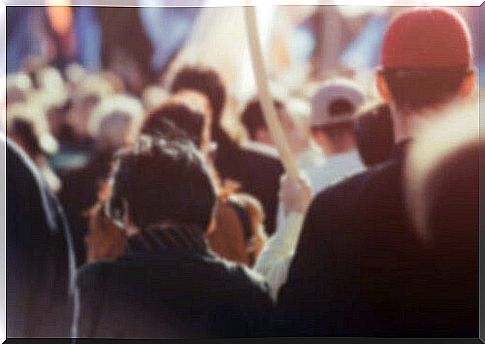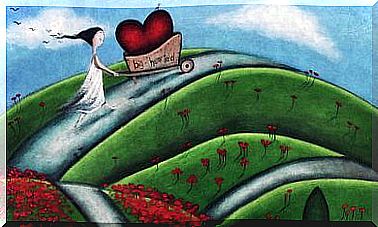How To Start A Revolution

How to start a revolution? Starting a revolution is complicated but not impossible. Most revolutions start with a “spark” but behind that spark there are usually groups of people prepared so that the revolution does not die the moment it starts.
The future of the revolution and the demands for which it is promulgated will depend on the organization of these groups and their ability to mobilize more people. Another important factor facing the mobilization of more people, who in principle do not belong to the groups with revolutionary roots, is the form of struggle that these groups adopt.
Ways of fighting
There are many forms of struggle and various distinctions that serve to categorize them. One of these distinctions is between normative and non-normative actions. The regulations are those that follow the pre-established norms in the country in which the struggle takes place; non-normative ones, those that are considered outside the established laws.

Another relevant distinction is between violent and non-violent struggle. This distinction is important in terms of acceptance by people who do not belong to the initial groups. Violent tactics are often discredited and delegitimize the groups that use them even though the ends are shared. An example is the practices of groups such as the IRA (Irish Republican Army) in Ireland and ETA (Euskadi ta Askatasuna) in Spain.
Nonviolent struggle can be used to break free from oppression and replace military and violent conflict. This will not raise a battle against terrorism, because people who could have become terrorists have chosen non-violent struggle to help oppressed people.
Non-violent struggle tries to achieve freedom in a self-sufficient way. It is an armed struggle. It is fought with psychological, social, economic and political weapons. It is a more powerful weapon than violence, since the action itself will never turn against the principles that are defended.
Gene Sharp’s Tactics
Within the non-violent struggle, Mahatma Gandhi is well known. In addition, we want to highlight another not so well-known personality, but with a very important relevance within the non-violent struggle and whose knowledge many have used to bring down dictatorial regimes.
This figure is Gene Sharp. This man has dedicated much of his life to studying the different revolutions and the non-violent tactics used in them. He has been called the genius of freedoms or how to get freedoms.
The tactics he describes were consciously put into practice in revolutions like Egypt and Syria in “the Arab Spring,” in Serbia in the fall of Milosevic, in Iran’s green revolution, and a long list of countries. His books describe 198 methods of non-violent resistance such as economic boycott, civil disobedience, protests, etc. These methods or tactics are the opposite of military fighting.
Lessons to follow in case of revolution
Within his studies, Gene Sharp says that if you can identify the sources of a government’s power – legitimacy, popular support and institutional support – then you will know what the existence of that government depends on. Since these sources of power depend on the support of the people, what you have to do is reduce support, legitimacy and obedience. Thus, the regime will be weakened and will eventually fall.

His lessons include the following:
- The first lesson tells us that you have to plan a strategy. The more defined it is, the more likely the revolution is to succeed. Improvisation is not going to bring success.
- . You have to overcome atomization. Those who are against the revolution will try to make each individual in society an isolated unit. By all means we must try to be a group and use the power that gives us to act in this way. We can do things that one could not.
- Support pillars. The support pillars are essential to sustain any regime and, at the same time, are its weakest point. Destroying the pillars of support is one of the most effective ways to end a regime. These pillars of support come to be those already named, legitimacy, popular support and institutional support.
- . Violence must be resisted. The moment violence is used, all legitimacy is lost and the adversary is legitimized to use it, which has strong consequences because the adversary tends to have more power. By maintaining non-violence it is more difficult to be countered by the adversary.
- . This lesson tells us about political Ju-Jitsu. Ju-jitsu is nothing more than using the opponent’s force for personal gain. If the government is brutal, many people will turn to the opposition. This happened during “Bloody Friday” in Ireland when the police repressed a peaceful march leaving six dead. The next day, a stream of people left the peaceful track to join the IRA.
- The last lesson is the simplest, but perhaps one of the most difficult to carry out over time. Do not give up. As long as you don’t give up, you are not defeated.









